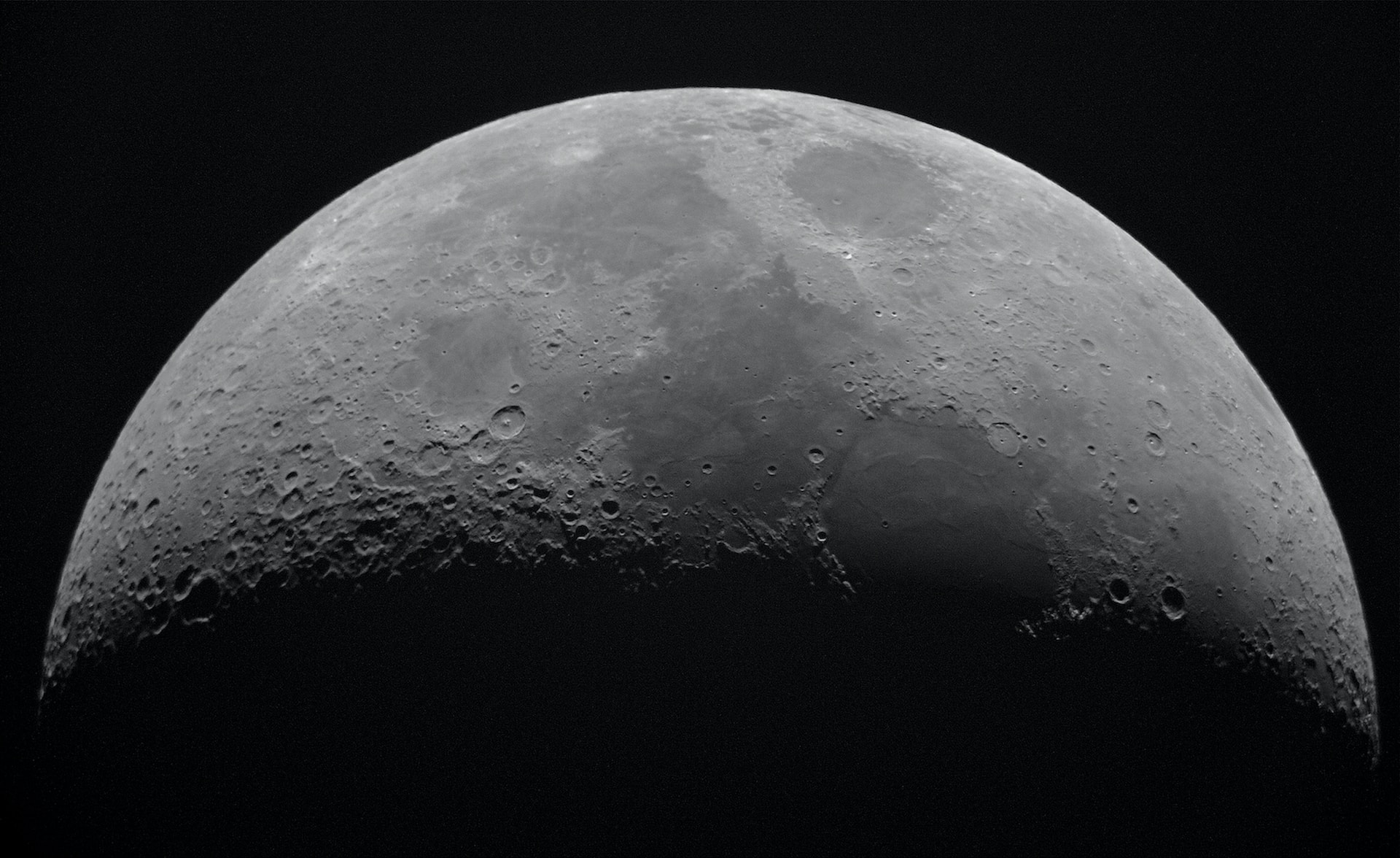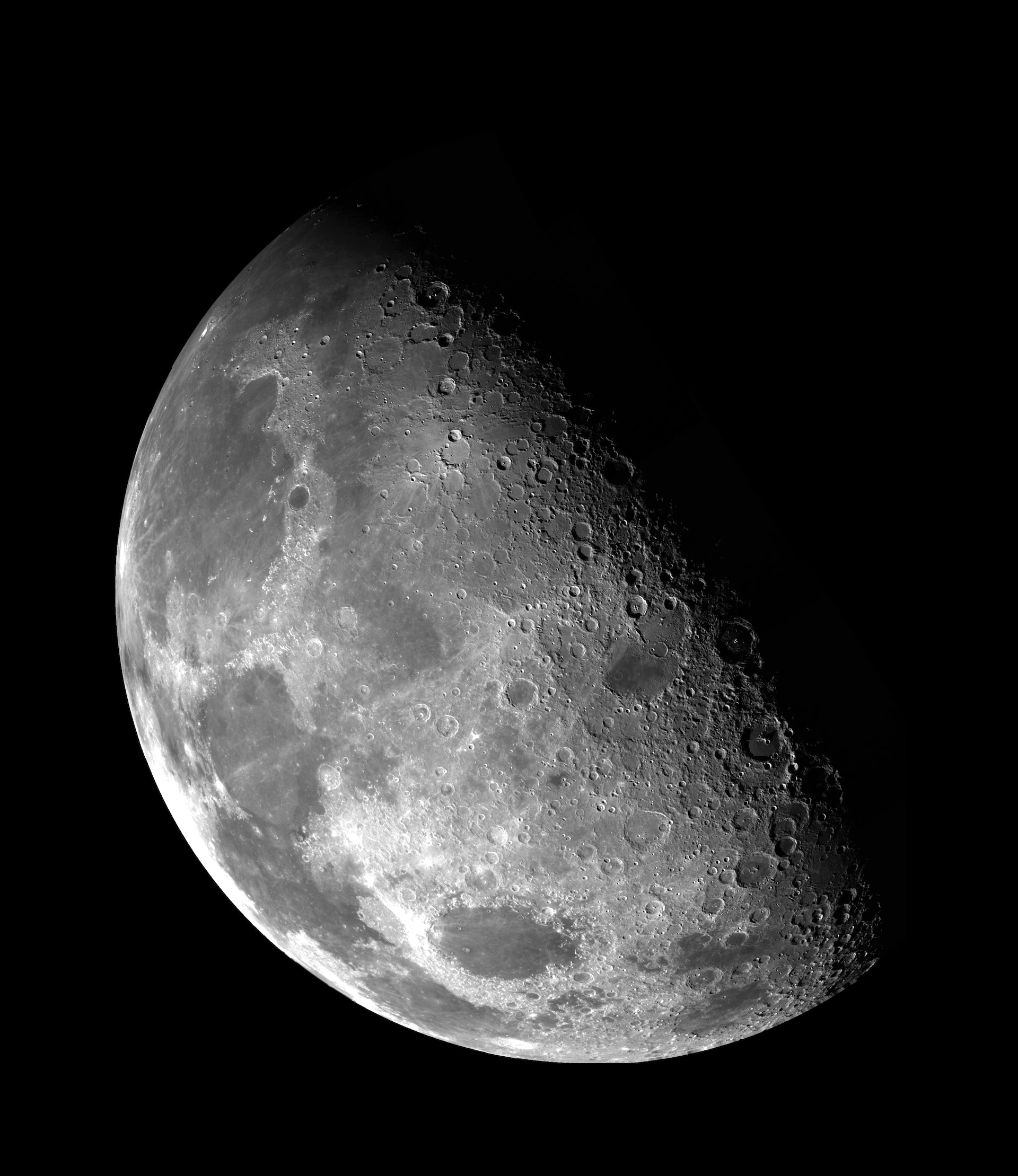The Moon is mostly bare and open to space. However, it has a gas shell – a thin and extremely rarefied but fairly stable exosphere. How exactly the Moon maintains this diffuse shell of gases has been a mystery to scientists. The Earth has a magnetic field protecting its atmosphere, but the Moon has no such protection, so its exosphere should long ago have been completely destroyed by solar activity.

Scientists have found that the moon’s atmosphere is constantly saturated thanks to micrometeorites that hit its surface, lifting and vaporizing lunar dust. “Meteorite impact vaporization is the dominant process that creates the lunar atmosphere,” explains geochemist Nicole Nie of MIT.
For 4.5 billion years, the Moon’s surface was continuously bombarded by meteorites, and eventually the thin atmosphere reached a stationary state, replenished by small collisions. The Moon’s exosphere is extremely difficult to study because of its very diffuse nature. Apollo mission detectors revealed various atoms in the atmosphere, but it was difficult to understand how it was formed.
Result of ten years of lunar exploration
Nie and her colleagues conducted a new analysis of data from the lunar orbiter LADEE, which operated for seven months in 2013-2014. They examined the data and found that both processes play a role. During meteor showers, more atoms were observed in the atmosphere, and during eclipses of the Moon from the Sun, there were also changes in the composition of the atmosphere, indicating the influence of the Sun.
For further investigation, scientists studied actual samples of lunar dirt from the Apollo program, looking for potassium and rubidium, elements that evaporate easily. The evaporation of these elements is caused by micrometeorites or solar wind. The ratio of isotopes varies depending on whether they are vaporized by micrometeorite impact or ion sputtering. The team analyzed the samples with a mass spectrometer and found that micrometeorites had twice as much impact on the moon’s exosphere as the solar wind.

“With impact vaporization, most of the atoms would stay in the lunar atmosphere, whereas with ion sputtering, a lot of atoms would be ejected into space,” explains Nie. The contribution of impact vaporization compared to ion sputtering has a ratio of about 70:30 or more.
This discovery has implications for more than just understanding the Moon. Similar processes can occur elsewhere in the Solar System, such as asteroids and moons. For example, the European Space Agency is planning a mission to return samples from the Martian moon Phobos.
Measurements of potassium and rubidium isotopes in the regolith will help understand the effects of meteorite bombardment and solar wind atomization on geologic scales, as well as differences in space weather in the Solar System.
Earlier we told you interesting facts about the Earth’s atmosphere.
According to sciencealert.com


